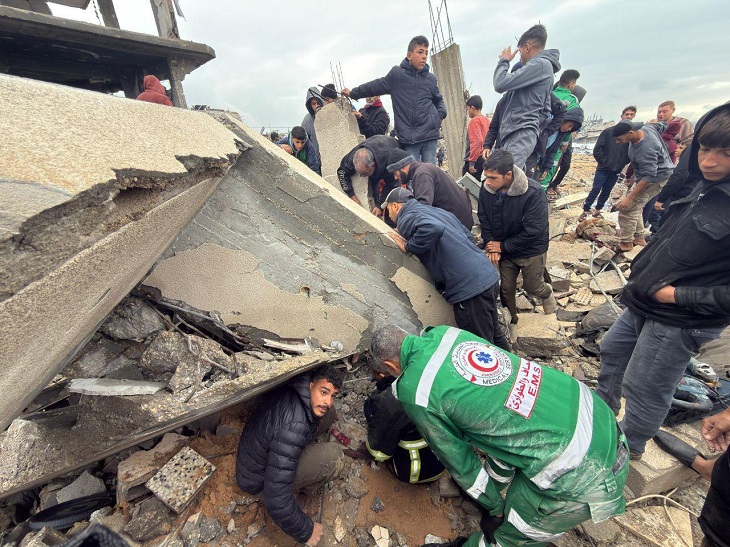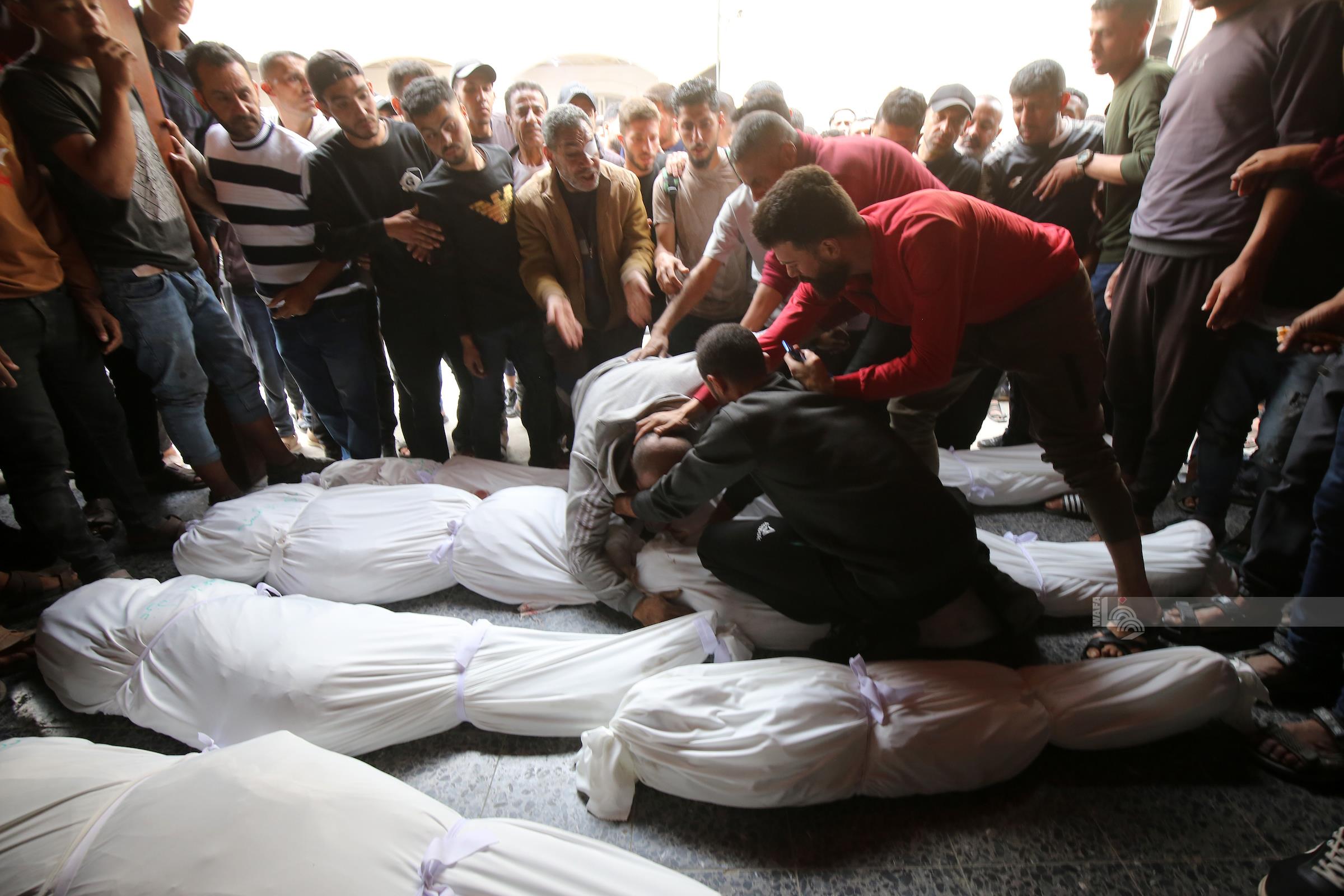RAMALLAH, Sunday, March 07, 2021 (WAFA) – The Palestinian Central Bureau of Statistics (PCBS) said in a report today on the occasion of Women Day that 11 percent of households in Palestine were headed by women in 2020, including 12 percent in the West Bank and nine percent in the Gaza Strip.
Median age at first marriage
The median age at first marriage in Palestine was 20.7 years for females and 25.3 years for males in 2019.
An increase in life expectancy at birth
The life expectancy at birth for individuals has increased to 74.1 years: 73.0 for males and 75.3 for females in 2020. Yet, there is a variation in life expectancy at birth between the West Bank and Gaza. It reached 74.4 years in the West Bank: 73.3 years for males and 75.6 for females. Meanwhile, life expectancy at birth in Gaza was 73.7 years: 72.6 years for males and 74.8 for females. Reasons for such increase in life expectancy at birth include the improvements in healthcare and the gradual decrease of mortality rates among infants and children.
Decrease in fertility rates in Palestine
Total fertility rates decreased in Palestine from 4.1 births per woman in 2014 to 3.8 births per woman in 2019; of which 3.8 births were in the West Bank and 3.9 births in Gaza Strip.
The adolescent fertility rate (age 15-19 years) in Palestine was 43 births per 1000 women in 2019, compared with 48 births per 1000 women in 2014.
Reproductive health among women in the age group of (15-49) years
About 95% of women aged 15-49 years received antenatal health care at least four times by a health care provider during pregnancy; and about 73% of women in the same age received health care eight times or more during pregnancy. Most births in Palestine occur in health institutions, where about 99% of births took place. Of all live births about 100% were attended by skilled health staff.
High enrollment rates of females in secondary stage and higher education
The scholastic year 2019/2020 showed that male enrollment in secondary stage was 73%, compared to female enrollment, which was 92%. As for the percentage of female students enrolled in the Palestinian higher education institutions reached 61% out of the total number of students enrolled in institutions of higher education.
Decrease in the participation rate in the labour force among women and men
The participation rate for both women’s and men’s decreased in 2020 as a result of the lockdown that were implemented following the coronavirus pandemic compared to previous years. The percentage of women’s participation in the labor force was 16% of all working-age women’s in 2020, after it was 18% in 2019. The rate of male’s participation in the labor force reached 65% in 2020, compared to 70% in 2019.
The gap in labor force participation between women and men (15 years and above) with disabilities is deepening
According to the Labor Force Survey 2020 data, participation rate of women with disabilities in labor force in Palestine was only 2% of the total women with disabilities compared to 23% of the total men with disabilities.
Youth in the age group (19–29 years) who hold an intermediate diploma and above, suffer the most from unemployment
Unemployment rate among youth graduates of those who hold Intermediate diploma and above reached 54% (69% of females compared with 39% of males). The unemployment rate among participated women in the labour force was 40% compared to 23% among men in 2020.
Fourth of employees in the private sector get paid less than the minimum average wages (1,450 NIS) per month in Palestine.
Data in 2020 indicated that about 28% of wages employed workers in the private sector earn a monthly wage less than the minimum average wages (1,450 NIS), as the percentage was 29% for men, compared to 25% for women.
About fourth of female employees in the private sector work without an employment contract
23% of the female employees hired in the private sector work without an employment contract, and 62% of them get a contribution in financing retirement/end of service package. However, more than half of female employees in the private sector (60%) get a paid maternity leave for year 2020.
Females and males have shared infections and deaths COVID-19 in Palestine.
The percentage of infection cases with COVID-19 among females in Palestine up to March 2, 2021 reached 50.2% of the total infected compared to 49.8% among males. The percentage of males who died from COVID-19 is 58.6% compared to 41.4% for females out of the total number of deaths.
M.N












